Today’s announcement of the Element Line and Objective Line makes most sense when viewed alongside our mission:
JDS Labs enables exceptional listening experiences, with underlying objectivity in our designs and transparency in our interactions.
JDS Labs is strongly associated with audio measurements these days–perhaps to an excessive degree. Still, the subjective experience certainly matters. Each amp and DAC we’ve offered over the past nine years has in some way made headphone listening more worthwhile. Enjoyable audio equipment just happens to measure well, so we take measurements seriously.
Expanding Connectivity for Desktop Audio
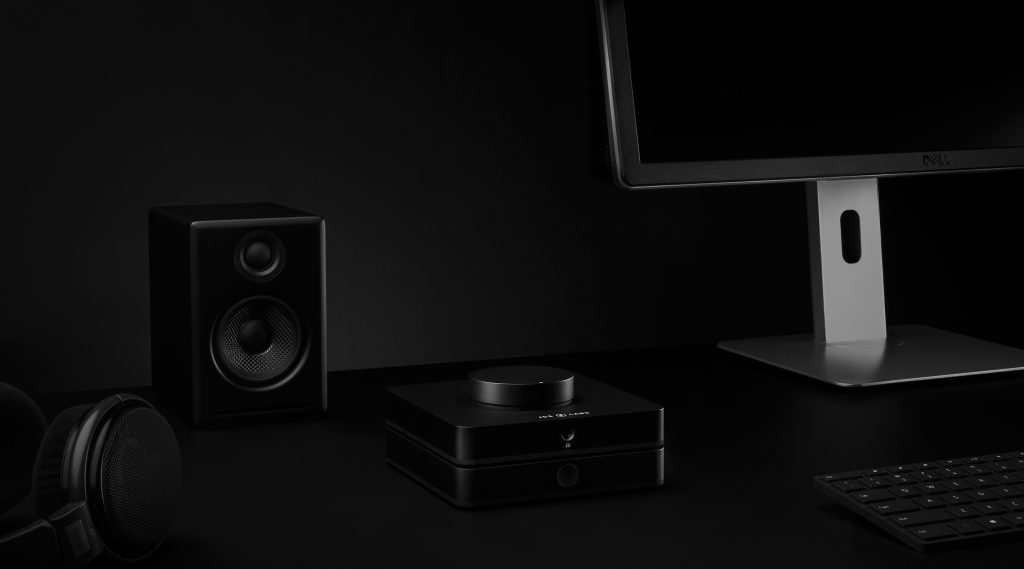
Expanded connectivity for Desktop Audio is the theme we’ve been working towards lately. I listen to powered speakers at my desk whenever I have the chance, and transition to headphones at other times. Many of our customers listen the same way, and agree that a single system should be able to interface with headphones and speakers. Sometimes a system doesn’t involve a USB connection. Thus, optical and coaxial S/PDIF inputs are long overdue. Element Line and Objective Line each provide means to switch between listening to headphones or to powered speakers. Introducing:
- EL DAC – Self-powered USB UAC2, TOSLINK, and transformer isolated coaxial S/PDIF
- EL Amp – 1.5W @ 32Ω Headphone Amp with RCA pass-through Line-Output
- OL DAC – Self-powered USB UAC1 and TOSLINK
- OL Switcher – 2 Input : 2 Output Passive Preamp
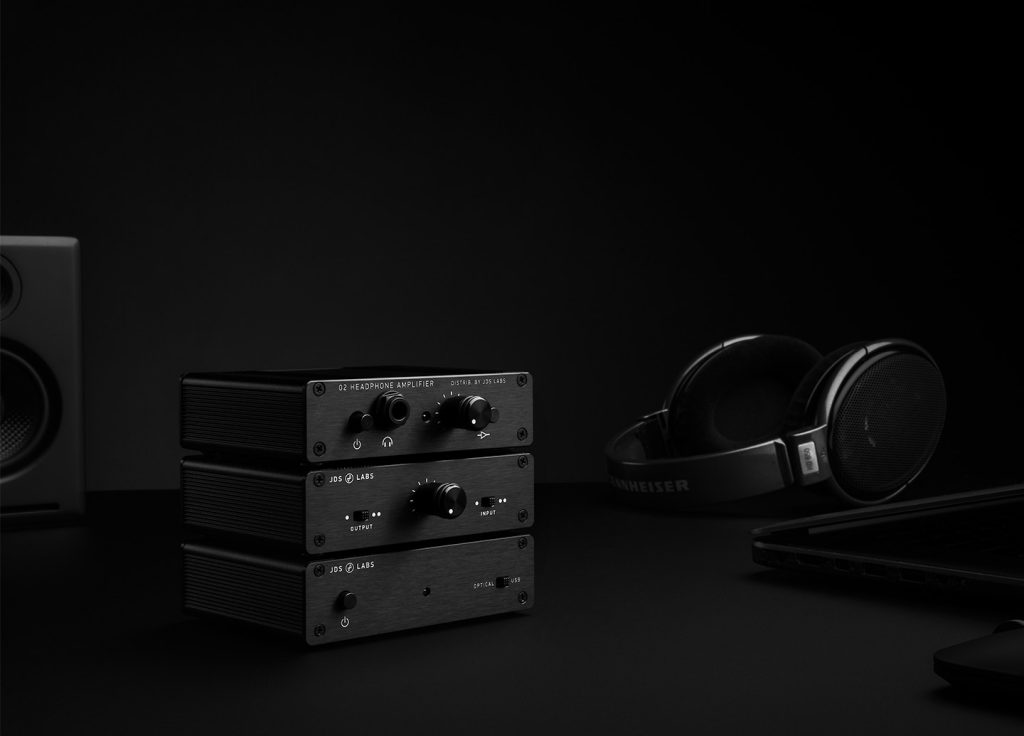
Performance Characteristics
| EL DAC | OL DAC | |
| Frequency Response 20Hz-20kHz | +/- 0.15 dB | +/- 0.15 dB |
| THD+N 20Hz-20kHz | < 0.0011% | < 0.001% |
| IMD CCIF 19/20 kHz -6.03 dBFS | 0.00017% | 0.00033% |
| IMD SMPTE -6.03 dBFS | 0.00061% | 0.00031% |
| Noise (A-Weighted) | -110dBu | -109 dBu |
| Dynamic Range (A-Weighted) | 117 dB | 114 dB |
| Linearity Error -90 dBFS | -0.01 dB | -0.01 dB |
| Crosstalk -10 dBFS 100K RCA | -108 dB | -108 dB |
| USB Jitter Components 11025Hz | -116 dB | -116 dB |
| Maximum DAC Line-Output, 100K | 2.00 VRMS | 2.00 VRMS |
AKM AK4490
EL DAC and OL DAC both utilize an AK4490EQ digital-to-analog converter. Measurable performance is spectacular compared to the older PCM5102A, at similar cost. While it’s accepted that ODAC achieves baseline audible transparency, a look at THD+N shows why we’ve moved to AK4490. Note the order of magnitude improvement across the frequency band (log scale):
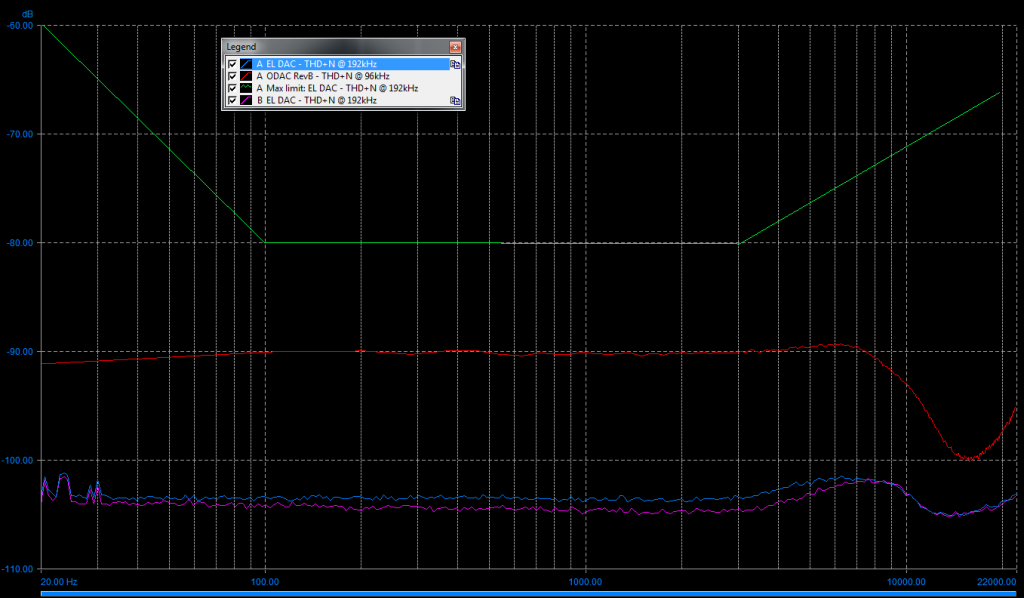
UAC2
Support for 24/96kHz audio via USB Audio Class 1 (UAC1) is all you need for audible transparency. For simplicity and maximum value, OL DAC is a UAC1 device, which requires no third-party USB drivers.
EL DAC is the first JDS Labs DAC to support USB Audio Class 2 (UAC2). We’ve caved for two reasons. First, 24/192k and beyond is often requested by customers we hear from at audio meets. Second, Microsoft will soon provide native UAC2 drivers in Windows 10. We’ve promised UAC2 support as soon as the market fully embraces it, and that time is upon us. Until native Win10 drivers are available, EL DAC uses SaviAudio’s Bravo drivers with ASIO support.
Interpolation Filters
Both EL and OL DAC use default filter parameters for AK4490. The alternative filters achieve less satisfactory measurements, especially in terms of high frequency response. If you wish to experiment, we left pads for DIP switches on the PCBs, Omron P/N A6SN-3104. Ask and we’ll be glad to pre-install.
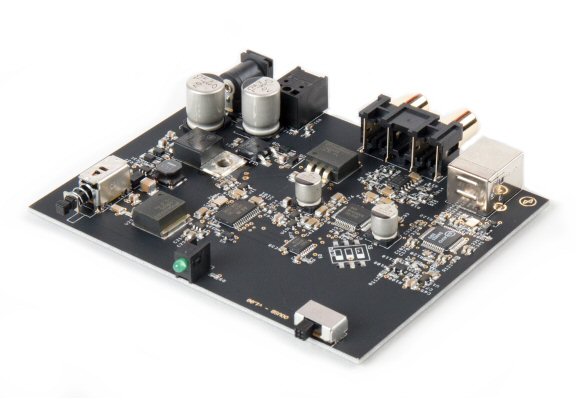
100% Self-Powered
Clean power is one of the keys to achieving high performance audio. As confident as I am in the USB powered regulation performance of past JDS Labs designs, we take feedback seriously, and feedback indicates limited trust in USB power. Also, operating system power management behavior continues to change, creating a continuing battle for support.
I’m glad to report that EL DAC and OL DAC are 100% self-powered. All of our future designs will be self-powered as well. [Nov 25th Edit: To clarify, “self-powered” means the DACs receive power from an AC outlet. Zero (0) power is consumed from the USB cable/hub/PC.]
The first prototypes ran rather hot with full linear regulation. Heatsinks were mandatory for stability in USB mode, and enclosures turned into space heaters. So, we moved to a higher efficiency, split, multi-stage approach. All analog audio circuitry is powered exclusively by linear regulation, while the power hungry digital USB controller receives power from the same primary, linear regulator, through a clean buck regulator, followed by multiple stages of linear regulation. This experiment paid off. Not only does the circuit run much cooler, THD+N improved by over 5dB across the entire audio band, and it passed FCC/CE compliance testing on the first try. Super clean.
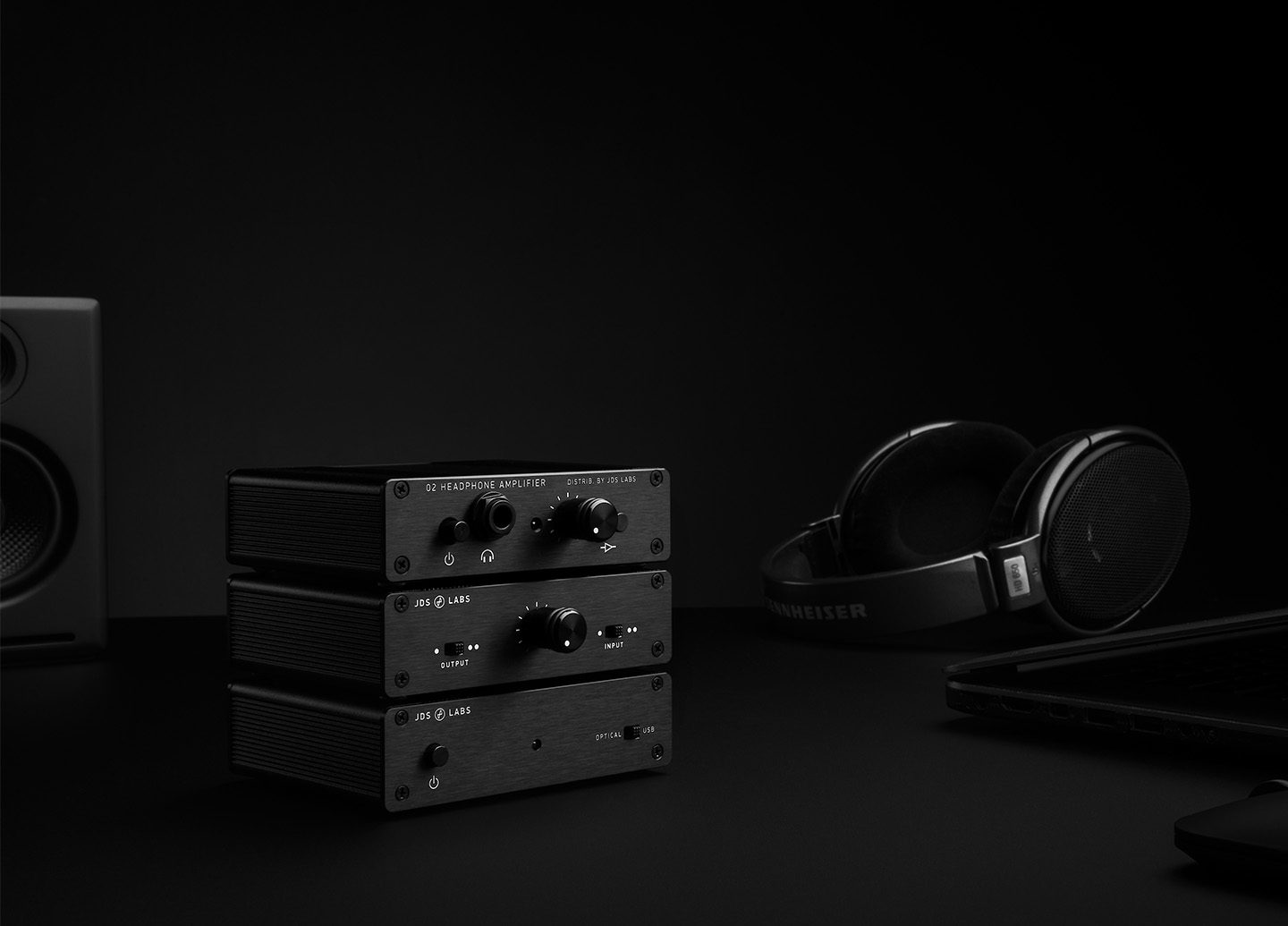
To control volume with OL Switcher alone is certainly occurs no loss of electrical/audio signal performance? (almost same as 1.0x gain objective amp?)
Correct
The EL line looks great and offers even more Lego like possibilities for the future:
EL power supply instead of standard brick
EL preamp/switcher
EL poweramp, possibly usable as balanced mono amp
and further down the line double width versions:
‘better’ DAC with balanced outputs
‘better’ preamp/switcher with balanced inputs/outputs
class A amp
Hi JDS Lab,
Can I use EL DAC with Android (running 6.0.1 version) phone via USB OTG cable ? Or it only support PC (Window/MAC) ?
Yes, EL DAC can be used with Android.
can the ol/el dac be left ON all the time or is it better to turn them OFF when shutting down the pc ?
You may keep them on 24/7. It’s safe either way.
you wouldn’t happen to have measurement graphs for the el dac like you do you for the OL Dac would you?
Hi JDS Labs,
If one doesn’t like the opa2227 in the EL AMP, can I switch it for the LME49720?
Yes, anything is possible with the right soldering equipment. However, I can no longer recommend LME49720 due to its high susceptiblility to RFI.